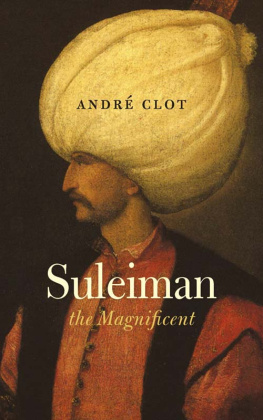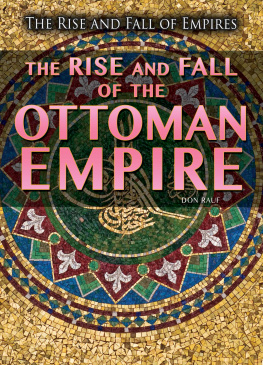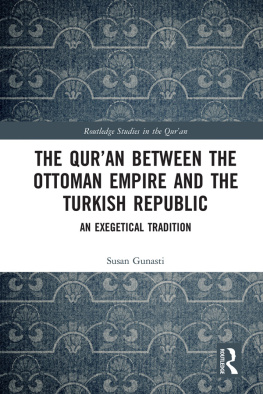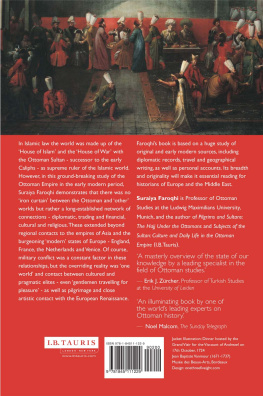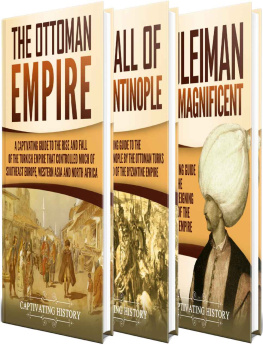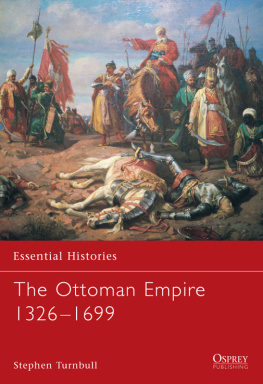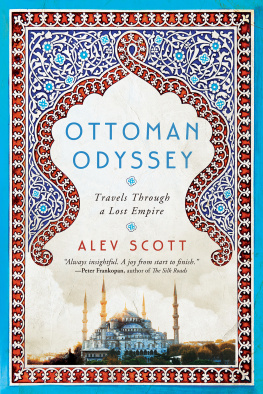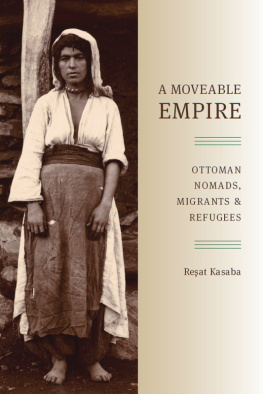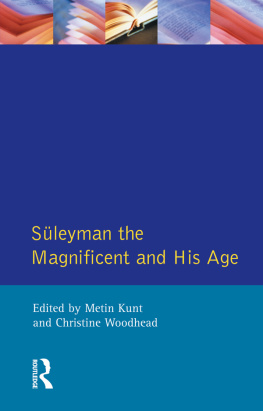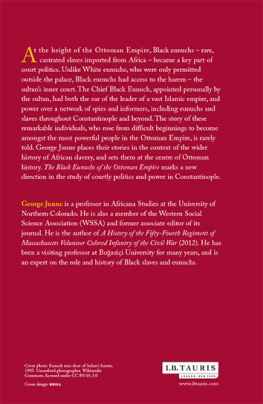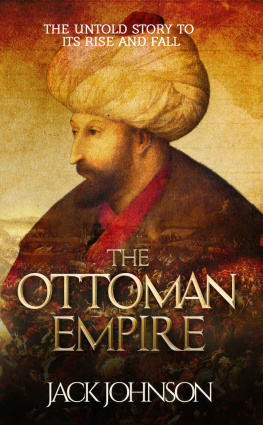Suleiman the Magnificent
Andr Clot
Suleiman
the Magnificent
Translated from the French by
Matthew J. Reisz
SAQI
In memory of my father and mother
eISBN 978-0-86356-803-9
First published as Soliman le magnifique
by Librairie Arthme Fayard, 1989
Librairie Arthme Fayard
Translation Matthew J. Reisz
First English edition published 2005 by Saqi Books
This eBook edition published 2012
All rights reserved. No part of this book may be reproduced or transmitted in any form or by any means, electronic or mechanical, including photocopying, recording or by any information storage and retrieval system, without permission in writing from the publisher.
This book is sold subject to the condition that it shall not, by way of trade or otherwise, be lent, re-sold, hired out, or otherwise circulated without the publishers prior consent in any form of binding or cover other than that in which it is published and without a similar condition including this condition being imposed on the subsequent purchaser.
A full CIP record for this book is available from the British Library.
A full CIP record for this book is available from the Library of Congress.
Printed and bound by CPI Mackays, Chatham, ME5 8TD
SAQI
26 Westbourne Grove, London W2 5RH
www.saqibooks.com
Contents
10. A Grand Viziers Career: Sokullu
Maps
Preface
The main object of this book is to bring back to life a man, an empire and an era relatively close to us in time and yet little known. Indeed, for many people, they seem at least as alien as the states and sovereigns of antiquity and the Middle Ages. I would have liked to provide a fuller understanding of the most powerful of Ottoman sultans, and especially of the men, institutions, economy and individual countries which made up his great empire, but for various reasons I decided to restrict myself to broad-brush descriptions. I hope, however, that educated readers will be encouraged to go deeper into the study of Turkish history and civilization. They certainly deserve such attention. (Turkish studies in France have produced a whole catalogue of remarkable works to which, as the Bibliography testifies, I have often turned for inspiration.)
I should like to express my gratitude to the people who have helped me carry out the work for this book. In first place comes Professor Louis Bazin, Director of the Institute of Turkish Studies at the University of Paris III, who encouraged me to take on the project, opened many doors and then was kind enough to read the finished product and provide many learned comments. Jean-Louis Bacqu-Grammont, head of research at the Centre National de Recherche Scientifique (CNRS) and an eminent specialist on Iranian and Ottoman history, provided me with many documents and books and also took the trouble to look over the text and suggest many amendments. Abidin and Gzin Dino gave advice which clarified a wide variety of issues and obtained some very useful texts and translations for me.
I must also express my thanks to Fernand Braudel, who gave me the opportunity to use documents at the Simancas Archives, and to Emmanuel Le Roy Ladurie for valuable guidance about the problem of climate in the sixteenth century.
A Note on Pronunciation
For Turkish names, a simplified form of spelling has been adopted which will pose no problems for the English-speaking reader. The only exceptions are the following:
c pronounced j as in jam
pronounced ch as in church
not pronounced; lengthens the preceding vowel
pronounced sh as in shall
(Words that have an accepted English form, such as pasha, have retained this spelling.)
At the Dawn of the Golden Century
I who am the Sultan of Sultans, Sovereign of Sovereigns, Distributor of Crowns to Monarchs over the whole Surface of the Globe, Gods Shadow on Earth, Sultan and Padishah of the White Sea and the Black Sea, of Rumelia and Anatolia, of Karaman and the countries of Rum, Zulcadir, Diyarbekir, Kurdistan, Azerbaijan, Persia, Damascus, Aleppo, Cairo, Mecca, Medina, Jerusalem and all Arabia, Yemen and many other lands that my noble forebears and illustrious ancestors... conquered by the force of their arms and that my August Majesty has also conquered with my blazing sword and victorious sabre...
Letter from Suleiman to Francis I of France
1453: Mehmed II enters Constantinople. 1492: Columbus discovers America and the Catholic Kings capture Grenada from the Moors. 1519: Charles V is elected Emperor of Germany. 1520: Luther is condemned for heresy.
Whatever dates and events we choose to mark the start of modern times in the West, one crucial fact stands out: after an extended crisis which struck Europe in the 14th and 15th centuries and shook medieval civilization to its foundations, the feudal age was utterly dead. The age of states was born amid economic and social change unprecedented since the end of the Roman Empire. It represented almost a new civilization, a veritable renaissance or rebirth.
The crisis of the two previous centuries, the most serious the West had known for a millennium, affected most of the Old World. In the wake of disaster all over Europe brought by wars and peasant revolts, the Black Death arrived from the Black Sea port of Caffa and spread its own share of suffering, misery and insecurity. The Christian nations presented a sad spectacle: conflict between France and England, and between the King of France and Dukes of Burgundy; the Hussite wars and the collapse of imperial authority in Bohemia; chaos and guerrilla warfare in Central Europe and the Scandinavian countries; decadence and anarchy in Italy and Spain; an unprecedented schism within the Church. Yet this was not all. A new danger was soon to appear on the horizon in Central Europe the Ottomans.
If the Old World had continued in its conflicts and errors, nothing could have prevented the people always described as barbarians (although the term had long ceased to be appropriate) from overrunning the West. History is littered with the bodies of once rich and powerful states which have collapsed under the weight of their internal quarrels, offering an easy prey to conquerors or bold adventurers.
Yet this time, at the moment when all seemed lost, Europe recovered. The Battle of Castillon (1453) put an end to the Hundred Years War. The huge epidemics which had caused such damage in the previous century died down. Prosperity and security returned. The return to peace was accompanied by a recovery similar to that of the 12th and 13th centuries. Populations began to increase (numbers doubled in France between 1450 and 1560), deserted villages were repopulated and towns expanded. Agriculture increased its yields as new, mainly industrial forms of cultivation were introduced. More and more land was given over to wine-growing and animal husbandry.
Industrial processes improved existing products or created new ones in metalwork, glassware, light drapery, silk and linen. Iron, silver and copper mining, spurred on by the demands of industry, took off. Mines abandoned since Roman times were brought back into operation. (The Habsburg fortunes were based on the mines they operated or used as security for loans.) Printing and hence also paper making took off. With the return of peace, trade in products of every kind started to flow again on the traditional trade routes: within Europe, and from the Orient by way of Venice or Eastern Europe to Poland, Western Europe and the Baltic states. Yet now there was also increasing trade from the Atlantic ports to Central Europe and the North. Fairs held on set dates and large banking organizations eased the flow of capital. The monetary economy expanded, along with resort to credit facilities.

